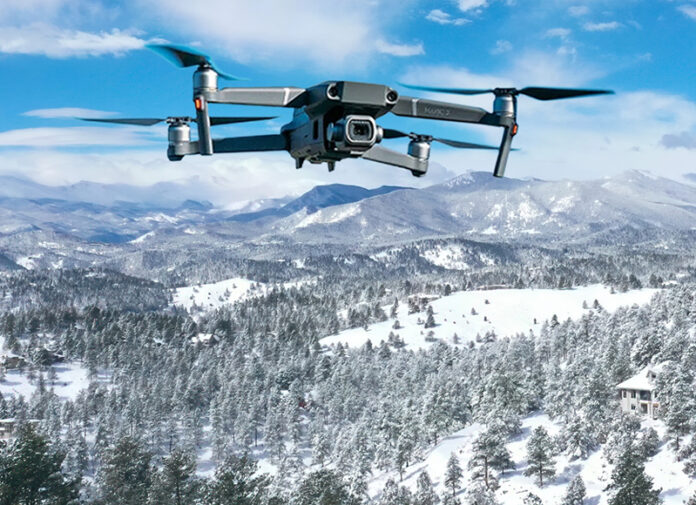By Kory Bumgardner
My first drone, a Mavic Pro 2, was purchased in March of 2019. After taking five practice flights with an instructor, I was off to the trip of a lifetime to Iceland. I immediately fell in love with this new way of seeing the world as I traveled. My mission was to see how many states and countries I could see and photograph with this new and exciting device. As of today, I’ve done 320 drone flights in three countries and 16 states (no thanks to COVID for slowing down my travels). So far, I’ve logged 39 hours and 11 minutes of flight time and have no plans to slow down.
Learning to fly is the easy part. Knowing how to find a subject is a bit tricker. The same principles of taking photographs with your camera apply to drone photography as well, and watching for angles and subject matter while keeping an eye on your drone only add to the fun and excitement. The COVID lockdown gave me an opportunity to learn even more new skills and to practice flying my drone. During this time, I met with a few friends to take some drone flights over areas of downtown Denver, Colorado, to boost my flying skills and increase my knowledge of drones and their capabilities.
Traveling with your drone on a plane can be a bit tricky at times. Drones need to be stowed in carry-on luggage with the batteries disconnected. I keep everything together in one carry-on bag so, if they do search it, they usually just pull that bag out to search and run through the scanner a second time. My experience has been that airport personnel are less likely to search your bag if the batteries are disconnected, but sometimes they will search every piece of the drone. Some will often ask questions about flying drones. People are very curious.
To obtain the best image files from your drone, it is best to shoot manual and pay close attention to the histogram. On my drone, there is an option to shoot a HDR of three to five images. I’ve found that three images provide me with plenty of data. Other drones may have different features but the histogram on mine will show how ISO, shutter speed, and f-stops will affect the image. The exposure triangle is just as important with drone photography as it is with other types of photography. My experience has shown that the “sweet spot” for the Mavic Pro 2 is f5.6 and anything wider tends to have soft corners. On the other hand, if you stop down much more, the image tends to lose some sharpness due to diffraction. Therefore, I rarely change my f-stop and make only shutter and ISO adjustments.
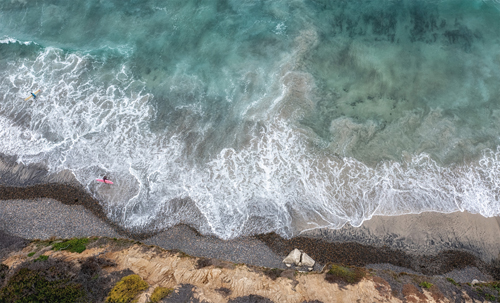
I am blessed to live in the mountains of Colorado where I can fly my drone anytime. Interestingly enough, much of our wildlife pays very little attention, if any, to drones and their behavior is unaltered. The drone shoots the three frames fast enough to stack and not blur out the animal. On a recent outing, we found several Pelicans on a log in the water. I flew my drone all around letting them get used to the noise and then was able to get in close enough to photograph them without ruffling too many feathers!
My glacier shot from Iceland is a panorama stack of thirty-six HDR images. Just like using your camera on a tripod, you can do panorama three-across on the sky and then adjust the camera to point down toward the mountain take three-across. Then, adjust the camera down a bit more, then three-across, and then point camera straight down and three-across. All of these are a set of three HDR images. In post-production, you can then stack the three HDR images of each set and use those twelve images and stitch a panorama. The drone in tripod mode does a fantastic job of staying still for you to accomplish this!
Another of my favorite subjects to photograph with a drone is the ocean. Living in land-locked Colorado, I’m amazed by the waves and love the texture of them in a photograph. I’ll often just sit and watch the waves roll onto the beach. But it is even more thrilling to watch them from above.
In addition to actually operating a drone, you should have a firm understanding of the airspace where you are flying. There are times when you need Low Altitude Authorization and Notification Capability (LAANC) provided by the FAA through your controller. Sometimes, you need this well in advance. B4Ufly is an app to help you know the airspace before you fly inside it. Also, your DJI Go app that allows you to fly the drone will have helpful information. But there are times when apps say you are clear to fly when you are not! Please look up the rules of an area before flying your drone.
Before flying, it is also a good idea to make sure your firmware is up to date and check batteries to make sure they are fully charged and inspect them for signs of wear, cracks, or bloating. In addition, check that propellers are clean and not cracked or chipped. You’ll also want to make sure the camera is clean and that the SD card is inserted. Also check the weather. You don’t want your flight cut short because of rain or heavy winds. The take-off and landing areas should also be clear of trees and power lines. When that is done, make sure you’ve taken off the gimble protector and first turn on the controller and then the drone itself, while checking that satellites are pinging in your location. Finally, lift your drone about ten feet or so and check that your home point is set and let the fun begin!
Practice makes perfect, so I like to practice in my backyard or an open field near me, doing obstacle courses and flying in patterns like circle, square, and figure eights. This helps keep me sharp if things come up in a flight that I was not expecting as well as smoother flight in case I shoot a video. If you are out flying and encounter birds, please try to land safely and not disturb them. Birds don’t like things they don’t understand that intrude into their air space! If you have a bird really bothering you, fly straight up. This is the one move birds don’t do.
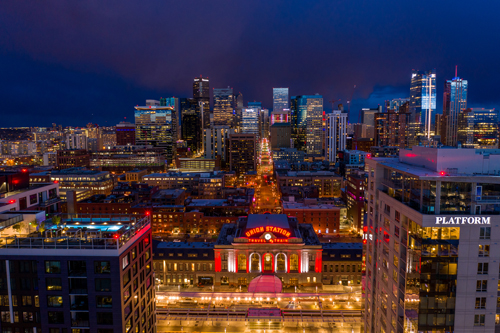
Shooting video with a drone is another exciting feature. When shooting video, the most important thing to note is the frame rate. This is the speed in which individual still photos are captured to project on the screen. Normal motion rate for cinema is considered to be 24fps. Television is 30fps, slow motion is 48fps, and fast motion is 12fps. But you can also create some interesting video with other settings.
To recreate the look of the silent era movies, use 16fps. To capture walking or blowing out candles, try 60fps. When shooting video of people running, use 120fps. Balloons exploding or water splashing require 240fps. Skateboard tricks, skiing, surfing will need to be shot at 480fps while hyper-slow motion like the explosion sequence from The Hurt Locker will require 960fps.
Some people fly drones for fun. But if you plan to fly your drone for compensation, you should obtain your FAA Part 107 license. When flying at night and/or over people with vehicles, you should obtain their permission to do so.
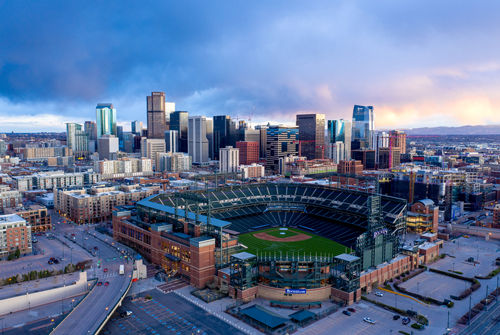
Obtaining your license also gives you confidence in flying and there are many study opportunities to help you pass this exam. I used the Remote Pilot Study Guide purchased from Amazon. The Professional Photographers of America also offers help for becoming a Certified Drone Photographer. To qualify for this help, you must be a PPA member and have either FAA SEction 44807 or a Remote Pilot Certificate plus General Liability Insurance, UAS registration number, and a logbook summarizing 30 hours of flight time.
The application fee is $75 plus a $17.50 online exam fee. Once your application has been successfully processed, you will be able to schedule your Certified Drone Photographer exam. It is taken online and consists of 60 multiple choice questions. An 80% score is required to pass the exam and candidates receive their results automatically. If a candidate scores 79% or lower, they may retake the exam 30 days after their initial attempt. The certification is valid for 2 years at which time the candidate will need to recertify by uploading a new FAA score or updated remote pilot certificate.
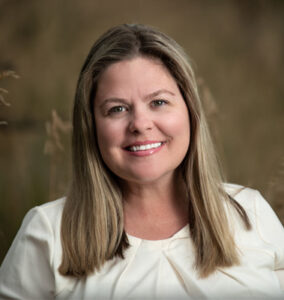 Kory Bumgardner is a full-time wildlife photographer who travels the world in pursuit of exciting images. She lives in Genesse, Colorado, and is a Master Photographer and CPP. Kory is also an FAA Certified Pilot. Her images have won numerous awards including PPA Diamond Photographer of the Year in 2021. Learn more about her at: www.korysphotography.smugmug.com.
Kory Bumgardner is a full-time wildlife photographer who travels the world in pursuit of exciting images. She lives in Genesse, Colorado, and is a Master Photographer and CPP. Kory is also an FAA Certified Pilot. Her images have won numerous awards including PPA Diamond Photographer of the Year in 2021. Learn more about her at: www.korysphotography.smugmug.com.



